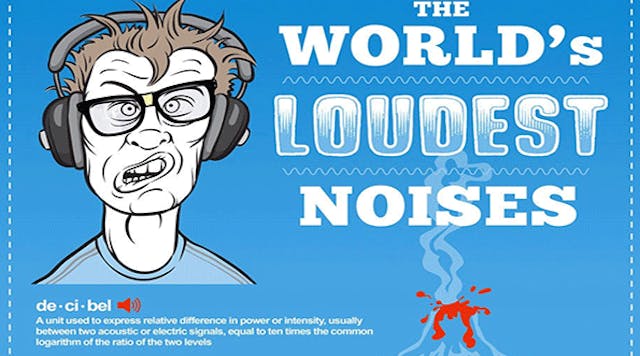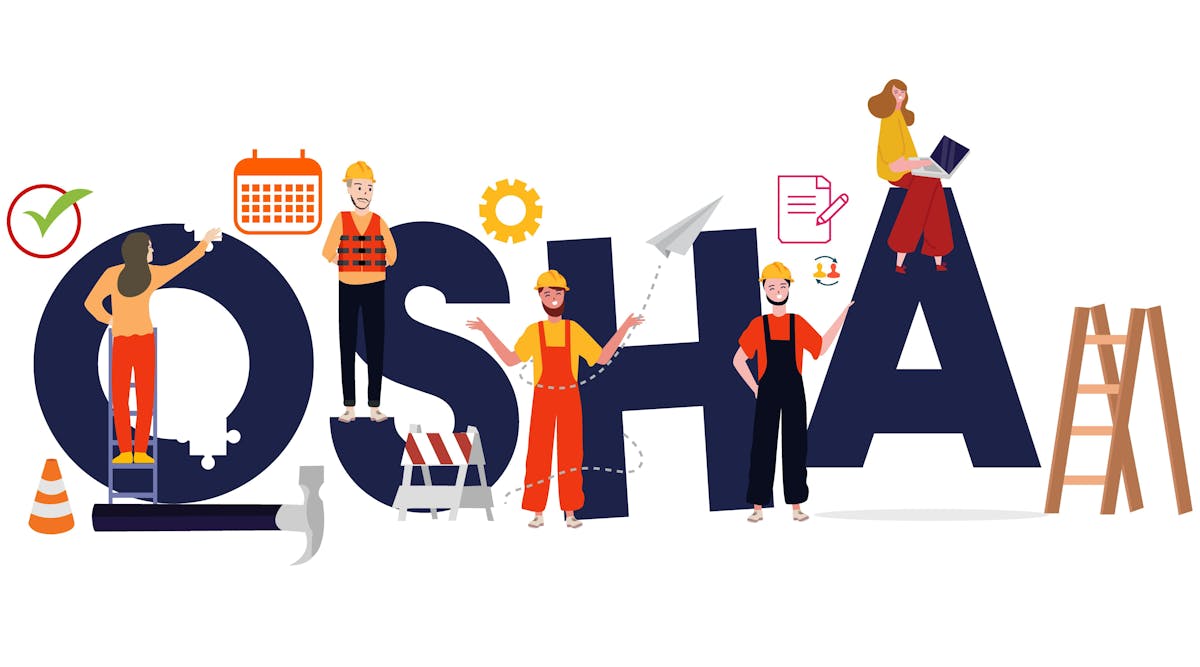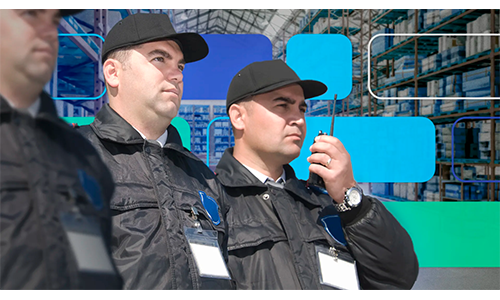Action On Hearing Loss (AOHL) is urging the public to wear ear muffs and ear plugs to public fireworks displays.
The UK-based group said that currently, fireworks sold in the UK to the public cannot exceed 120 dB, but the restriction does not apply to public displays. AOHL said firework displays averaged 150 dB and its research showed that levels as low as 80 dB – the sound of a smoke alarm – could damage hearing.
The warning came as air-conditioning company Airconco produced an infographic showing how fireworks emit similar sound levels as gunfire and the loudest rock concerts.
Louise Hart, senior audiologist at AOHL, said many factors made it likely that fireworks could exceed the 120db legal limit.
“Firecrackers and fireworks create sound levels from 125-155 dB at an average distance of three meters,” said Hart. “In the UK, the law says they can’t be louder than 120 dB.”
Denser air contains the blast/sound wave, while high humidity transmits sound waves more efficiently, added Hart. “In addition, temperature inversions, in which colder air sits below warmer air in the atmosphere, can dramatically increase the blast wave.”
This means the same fireworks can sound louder or softer from one night to the next, and the reverberation of buildings can affect the loudness of the sound, she said. In addition, choosing to have multiple blasts strung tightly together can make the fireworks sound louder.
“Although each individual blast wave is not any bigger in these fireworks, the rapidly repeating waves create a longer sound effect that is perceived as louder,” said Hart.
In order to illustrate the dangerously high sound levels of fireworks on sale in the UK, Airconco has produced the interactive infographic, which makes a comparison on 34 noises from rustling leaves to an earthquake.















































































